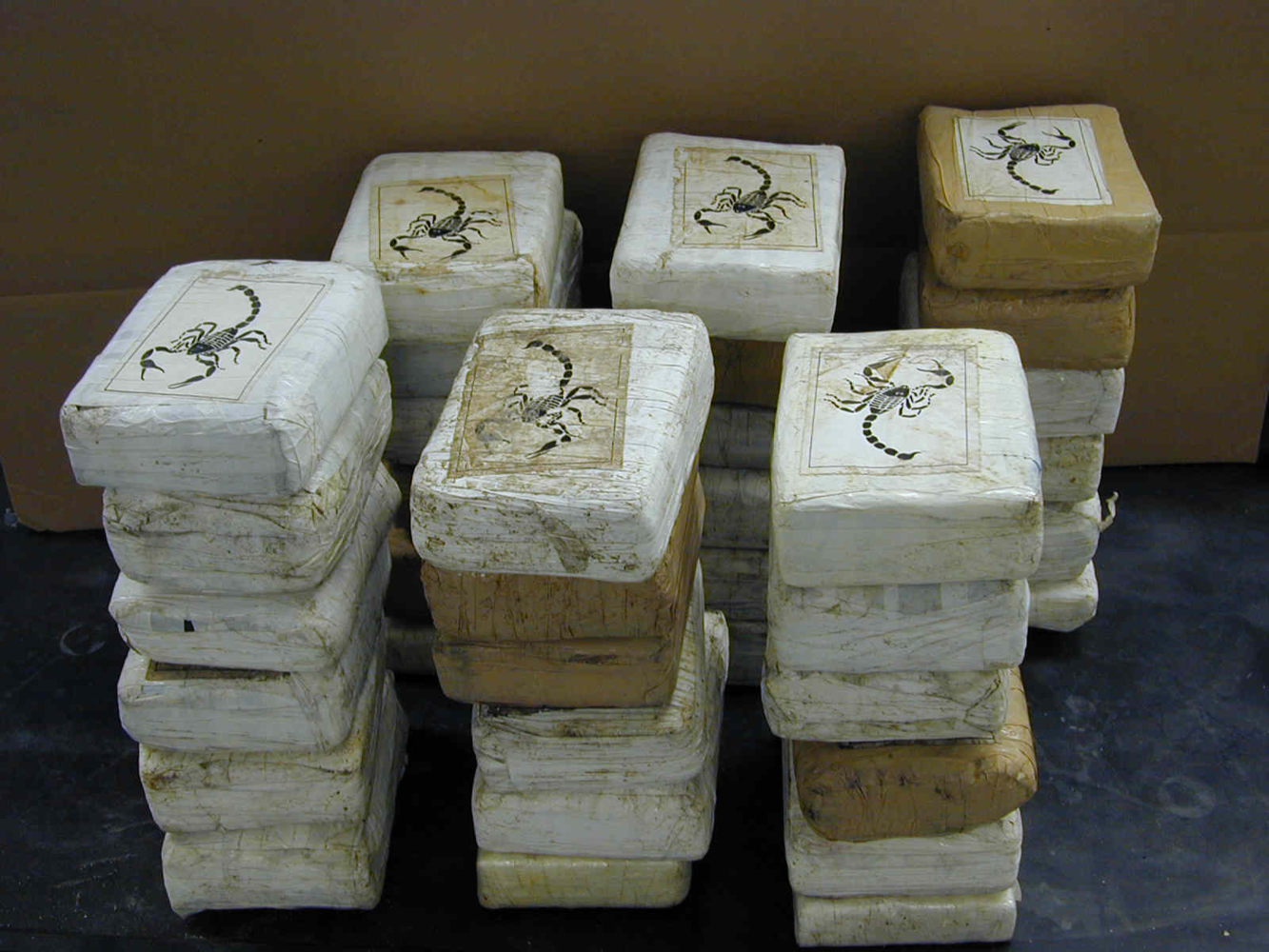A trick of the light looks set to assist drug squads in their attempts to crack down on smugglers.
 As anti-drugs systems improve, traffickers are resorting to increasingly imaginative practices to dodge detection. For instance, one approach adopted recently is to dissolve drugs like cocaine in liquids,such as alcoholic beverages like rum. The illicit substances are then later recovered from the rum by allowing the liquid to evaporate, leaving behind just a drug-laced powdery residue.
As anti-drugs systems improve, traffickers are resorting to increasingly imaginative practices to dodge detection. For instance, one approach adopted recently is to dissolve drugs like cocaine in liquids,such as alcoholic beverages like rum. The illicit substances are then later recovered from the rum by allowing the liquid to evaporate, leaving behind just a drug-laced powdery residue.
But this practice means that, to confirm any suspicions they may have of a cargo en-route, customs officers are forced to open dubious-looking bottles, compromising the contents regardless of what is found. Now, however, scientists in the UK have found a non-invasive way to see what's inside a bottle, but without having to resort to a corkscrew.
Writing in the journal Drug Testing and Analysis (DTA), Bradford University-based chemist Tasnim Munshi and her colleagues show that laser light can be used to force a liquid to surrender the secrets of its dissolved content. The approach makes use of a technique called Raman spectroscopy.
When laser light interacts with a material the arrangement of atoms and molecules in the substance causes the light to scatter in a highly characteristic way; different substances therefore have their own specific Raman "fingerprint" which can be picked up using a handheld gadget.
The team made solutions of cocaine in pure ethanol and also tested samples of well known rum brands including Lamb's Navy Rum, Bacardi and Captain Morgan, which were placed in either plastic or glass bottles. By using two different wavelengths (colours) of laser light so they could even see into dark green glass bottles, the technique readily picked up the spectroscopic hallmark signalling the presence of cocaine within the beverages.
Importantly, the cocaine concentrations at which the tests were carried out successfully were far lower - at 6% - than the concentrations used by smugglers - which are closer to 60%. Until now it has been difficult to detect cocaine in liquid form in these environments.
"Our study shows that using an analytical technique such as Raman spectroscopy can successfully detect the presence of these drugs without removing specimens from their containers," says Munshi. "We believe a portable Raman instrument will prove vital in the fight against illegal drug smuggling by allowing for the fast and effective screening of different solutions over a very short space of time."










Comments
Add a comment